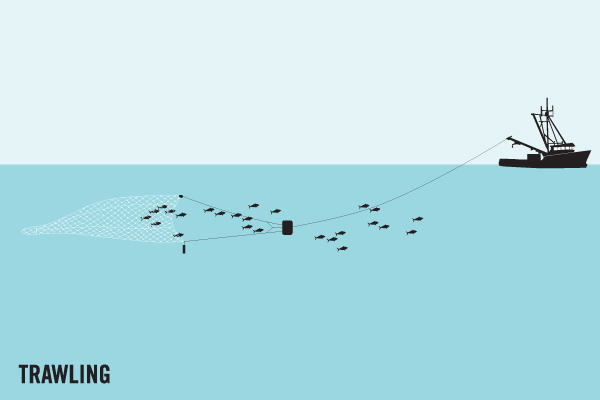Average Weight/Length
Averages a pound or less in shallow water. Big individuals on the deep reefs may reach 6 or 7 pounds. World record 4 pounds, 5 ounces.
Other "Popular" Names for this Fish
Barred Snapper, Caji
Location Habitat
Juveniles are plentiful in shallow coastal waters, as they grow, they work into deeper and deeper water. Dense schools are often encountered by divers over shallow wrecks and certain coral patchesÐmaking the name derivation obvious. Biggest Schoolmasters stick to reefs and dropoffs in deep water. Adults occur in shallow, clear, warm, coastal waters over coral reefs. Often near the shelter of elkhorn corals and gorgonians. Juveniles are encountered over sand bottoms with or without seagrass, and over muddy bottoms of lagoons or mangrove areas. Young sometimes enter brackish waters. Sometimes form resting aggregations during the day. Feed on fishes, shrimps, crabs, worms, gastropods and cephalopods.
Biology & Physical Description
Deep-bodied and overall yellowish, with several prominent vertical white bars on the sides. In the largest specimens, these bars may be nearly invisible, and so lead to confusion with the Dog Snapper. Another similarity is that both have a blue line, usually broken, on the gill cover. The Schoolmaster, however, does not have the white cone-shaped patch on the gill that identifies the Dog Snapper. Since most Schoolmasters are rather small and vividly striped, their identity is pretty obvious. Dorsal spines (total): 10; Dorsal soft rays (total): 14; Anal spines: 3; Anal soft rays: 8. Snout long and pointed, mouth large. One of the upper pairs of canine teeth notably enlarged, visible when mouth is close. Preopercular notch and knob weak. Pectoral fins long, reaching the level of anus. Scale rows on back parallel to lateral line, at least anteriorly. Olive gray to brownish on upper back and sides, with eight narrow, pale vertical bars which may be faint or absent in large adults. A solid or broken blue line which may disappear with growth, runs under the eye.
Geographic Species Map (Fishbase.org Map)
|
|

|
Summary of Distribution: Western Atlantic: Massachusetts, USA and Bermuda (Ref. 26938) to Trinidad and northern Brazil. Eastern Atlantic: Côte d'Ivoire to Equatorial Guinea |
|
Note: Distribution range colors indicate degree of suitability of habitat which can be interpreted as probabilities of occurrence (fishbase.org) |
|
Sport Fishing Techniques
|
|
Kite Fishing (Rig)A Kite Fishing Rig is.... |
|
|
|
River DriftRiver Drift means to use the.... |
|
|
|
TrawlingTrawling is when.... |
|
Tackle & Baits
Light spinning and baitcasting outfits. Live or dead shrimp, squid and small fish are all acceptable baits. Schoolmasters will take small jigs on occasion but are seldom enthusiastic about them.
Game Rating
Game Rating : 7.5/10
Game Description :
Equivalent to other Snappers of similar size.
Food Rating
Game Rating : 7/10
Game Description :
Very good. Considered a good food fish, it is marketed fresh or frozen




















 Snapper - Schoolmaster
Snapper - Schoolmaster 




